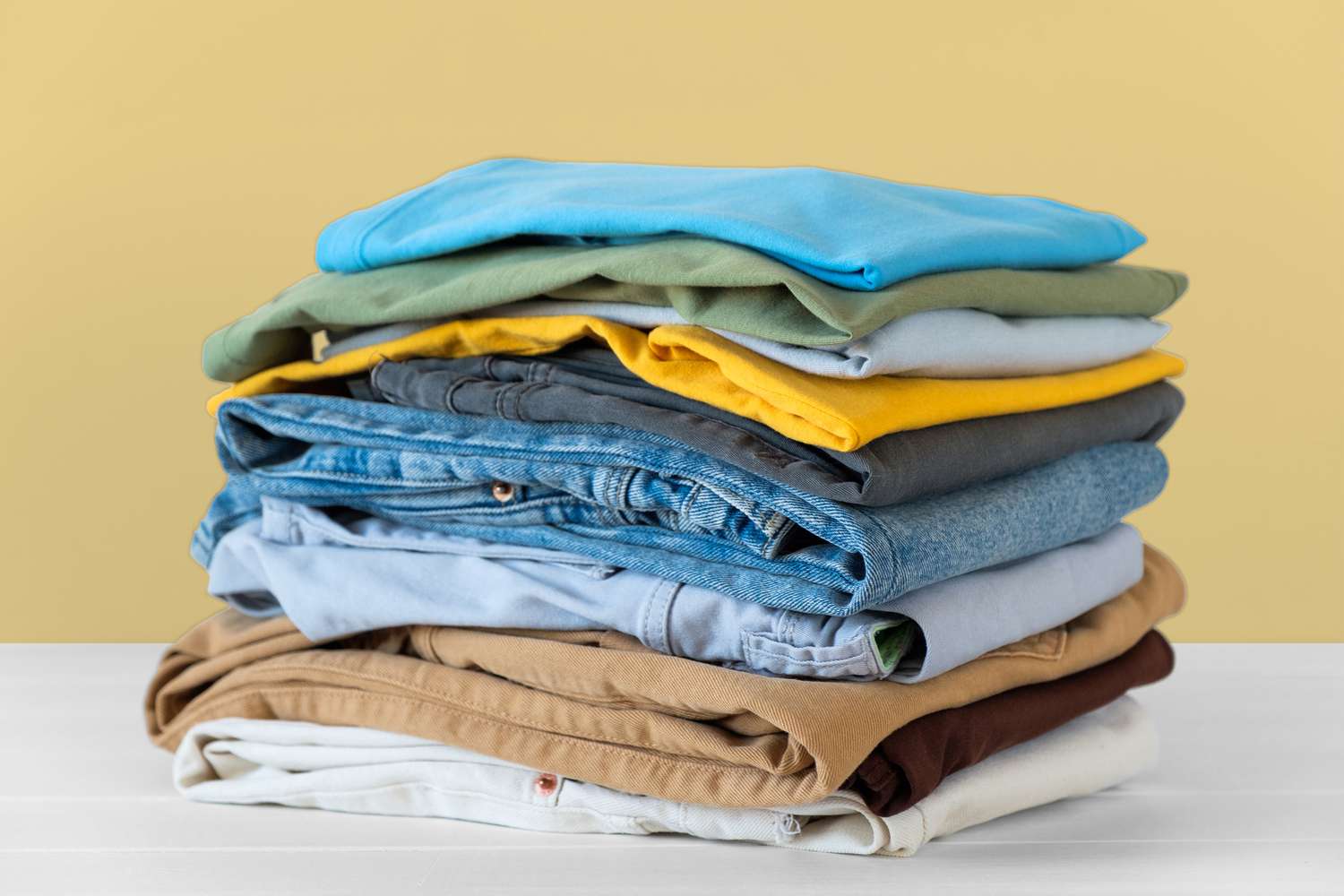

This site uses cookies for better user experience and analytics.

Buying used apparel in bulk can be a profitable and sustainable business move, if you get the quality right. Poorly sorted or damaged items can cut into margins, so quality control starts before you even place your first order.
Not all wholesalers are equal. Look for suppliers with strict inspection processes and transparent grading systems. For example, Helpsy Source uses in-house technology to condition-check every item before it’s packed. The best suppliers have consistent quality and a strong reputation in reseller communities.
Pro Tip: Search for independent reviews or ask other bulk buyers about their experiences before committing.

Quality standards vary by supplier. Many allow a small defect rate—often 10–15% for minor flaws in secondhand goods. These might include light wear, small stains, or missing buttons. Anything beyond that should be rare. Always request written quality guidelines before purchasing.
When trying a new supplier, order a small batch first—say, a 20-item box. This lets you assess condition and sorting accuracy before investing in a full pallet.
When your shipment arrives, open and check it right away. Look for:
Reputable suppliers, like NuSource, require that problems be reported within 7 days. The sooner you document issues, the faster you can get replacements or credits.
If you find major problems, take photos and note the defect type. Send this to your supplier quickly. Most reliable wholesalers will correct errors in cases of miscounts, wrong categories, or significant misrepresentation.

Used apparel is usually sorted into categories like:
Knowing these grades will help you set realistic expectations and resale prices.
Even well-sorted bulk lots benefit from a quick refresh. Launder, steam, or spot-clean items before resale. For higher-value pieces, make small repairs—like sewing a loose seam or replacing a missing button—to boost resale value.
What is an acceptable defect rate for bulk secondhand apparel?
A typical allowance is around 10–15% minor flaws (like small stains or loose threads) for secondhand clothing. A reputable supplier will clearly communicate its acceptable flaw rate and allow returns or credits for anything beyond that threshold. For example, suppliers like NuSource outline condition‑checking standards and have policies for addressing excessive defects in their Help & FAQs portal.
Why is it important to start with a smaller test order?
A smaller initial order (like a curated 20–50 item box) helps you assess the supplier’s sorting standards, brand consistency, and overall condition before committing to pallets or truckloads. Many platforms—including NuSource—offer starter packs that reduce risk and help you gauge quality control effectiveness.
How should I inspect used apparel on arrival?
Immediately inspect a representative sample from each bulk lot. Look for stains, odors, tears, broken hardware, missing buttons, and verify item count and brands match your order. If serious issues exceed your supplier’s stated defect tolerance, report it promptly per their claims policy (e.g. via NuSource’s support processes).
What types of condition categories should I expect?
Bulk apparel inventory is typically sorted into categories like “New with Tags” (NWT), “New without Tags” (NWOT), and gently used secondhand. Each has different resale value and condition expectations. NuSource delivers inventory categorized this way and provides transparent descriptions so buyers know what condition to expect.
How soon should I report issues with my order?
Most wholesalers require defect or miscount reports within 5–7 days of delivery. Prompt communication helps you qualify for replacements, credits, or refunds. Suppliers like NuSource ask customers to email support quickly if quality standards or item counts are not met.
What supplier traits support long‑term sourcing reliability?
Look for suppliers offering stable restocks, brand-sorted inventory, transparent per-unit pricing, consistent condition standards, and responsive support. NuSource, for instance, sources from trusted brands, offers custom pallet and box options, and maintains an active support team familiar with reseller needs.
Get personalized responses to all inquiries.
Fully customizable ordering experience.
Discover a more rewarding partnership.
Feedback from other resellers like you.

Share: